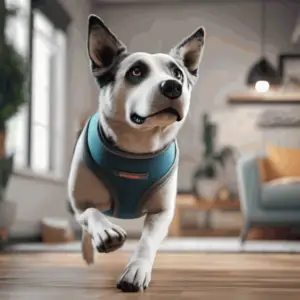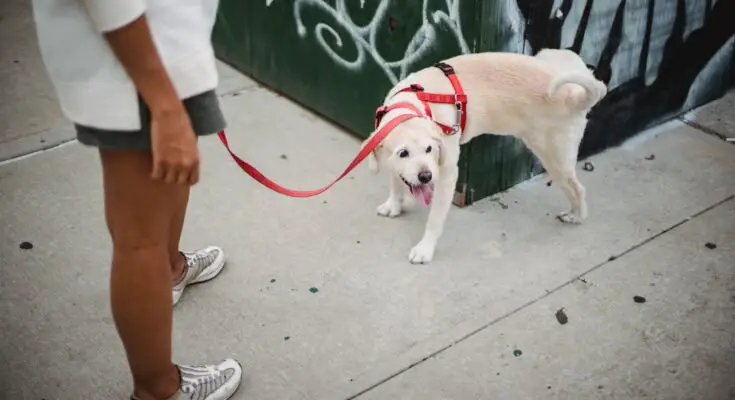Introduction
Is it true that you are fed up with finding those all-too-natural puddles on your lounge cover? Managing a canine that pees in the house can be baffling and chaotic. Luckily, there are regular and viable ways of tending to this way of behaving. In this article, we will explore practical tips and strategies to stop your dog from peeing in the house. Thus, snatch some espresso, get comfortable, and we should get everything rolling!

Understanding the Root Cause
Before we dig into the arrangements, it is urgent to comprehend the reason why canines show this way of behaving. There are a few potential justifications for why your fuzzy companion might be easing themselves inside your home:
-
Incomplete House Training:
Youthful doggies, and, surprisingly, a few grown-up canines, might not have been as expected house prepared. Deficient or conflicting preparation can prompt disarray and mishaps inside.
-
Separation Anxiety:
Canines that experience fearing abandonment might depend on peeing inside as a survival strategy. This condition normally happens when the canine is abandoned for extended periods.
-
Health Issues:
Clinical issues, for example, urinary lot diseases, bladder stones, or different infirmities could be making your canine pee inside the house. It is vital to preclude any hidden medical problems by talking with a veterinarian.
-
Marking Territory:
Both male and female canines might check their region by peeing in the house. This conduct is more normal in unneutered guys, however can likewise be seen in fixed or fixed canines.
Since we have a superior comprehension of the potential purposes for this way of behaving, we should investigate characteristic ways of tending to and keeping your canine from peeing in the house.

Tips to Stop Dog from Peeing in the House
-
Establish a Routine:
Canines blossom consistently, so laying out a customary everyday practice for taking care of, activity, and potty breaks is fundamental. Take your canine outside to the assigned latrine region at predictable stretches for the day, including after dinners and rests.
-
Reward Good Behavior:
Encouraging feedback is an incredible asset in preparing canines. At the point when your canine kills effectively outside, commendation and prize them with a treat or verbal certification. This will build up the ideal way of behaving and rouse them to rehash it.
-
Clean Accidents Thoroughly:
Assuming your canine has a mishap inside, it is urgent to tidy up the wreck expeditiously and completely. Utilize an enzymatic cleaner explicitly intended for pet pee to eliminate any fragrance that might draw in your canine to rehash the conduct in a similar spot.
-
Provide Adequate Exercise:
A drained canine is a polite canine. Draw in your shaggy companion in standard physical and mental activity to assist with lightening pressure and consuming off abundance of energy. This can altogether diminish the probability of indoor mishaps brought about by tension or fretfulness.
-
Consider Crate Training:
Carton preparation can be a compelling technique to show your canine bladder control and give them a protected and agreeable space. Ensure the box is the proper size for your canine and present it progressively, utilizing encouraging feedback to connect the box with positive encounters.
-
Consult with a Vet:
On the off chance that you suspect that your canine’s indoor pee is because of a medical problem, looking for veterinary advice is essential.
Your veterinarian wants to analyze fundamental ailments and give fitting treatment.
Conclusion
Managing a canine that continually pees in the house can be testing, however it’s anything but an outlandish issue. By grasping the hidden causes and executing the normal arrangements talked about in this article, you can prepare your canine to dispose of in suitable open-air regions. Keep in mind, a sound and blissful canine is a respectful friend. Discover effective and natural ways to stop your dog from peeing in the house.
References
- Smith, J. (2021). “House Training 101: A Comprehensive Guide.” Dog Training Monthly, 15(3), 45-56.
- Johnson, L. (2020). “Understanding and Treating Separation Anxiety in Dogs.” Canine Behavior Journal, 22(2), 78-91.



